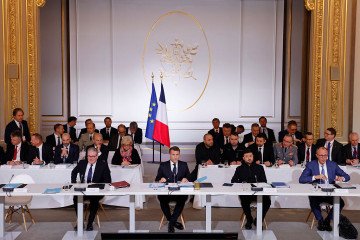- Category
- Latest news
Russia to Reportedly Train 600 Chinese Troops Using Tactics from War in Ukraine
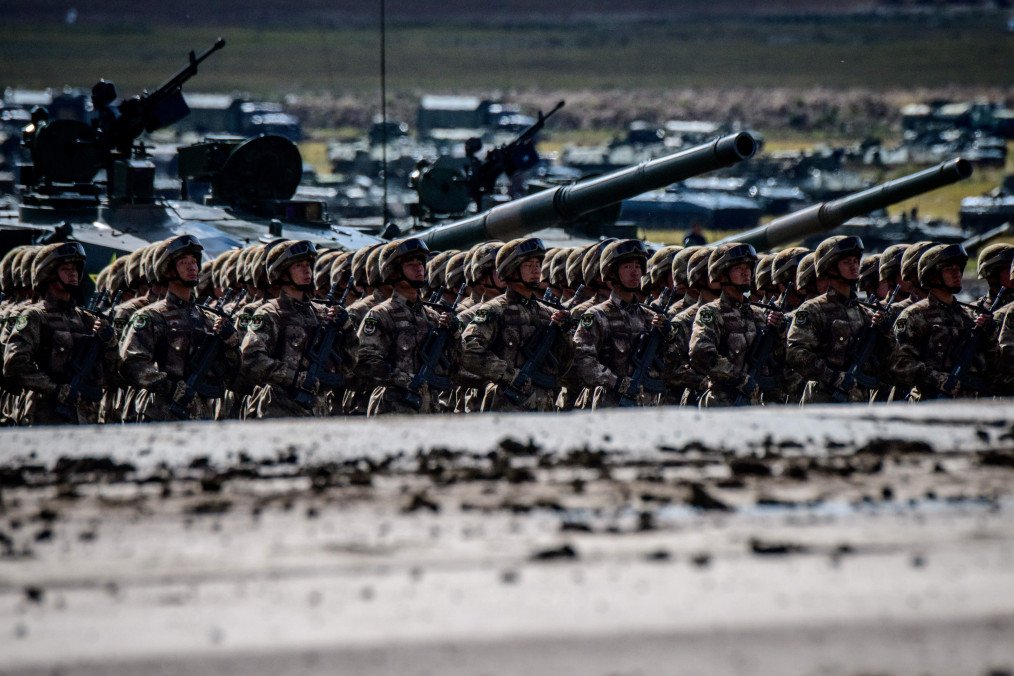
HUR sources revealed that the Kremlin has agreed to host approximately 600 Chinese soldiers in 2025 to gain hands-on experience in countering NATO-standard equipment on the battlefield, according to a HUR source, reported Ukrainian media outlet Kyiv Post on June 24.
The Chinese contingent reportedly will train in tank warfare, artillery operations, air defense, and combat engineering, learning directly from Russian units with years of operational experience in the war against Ukraine.
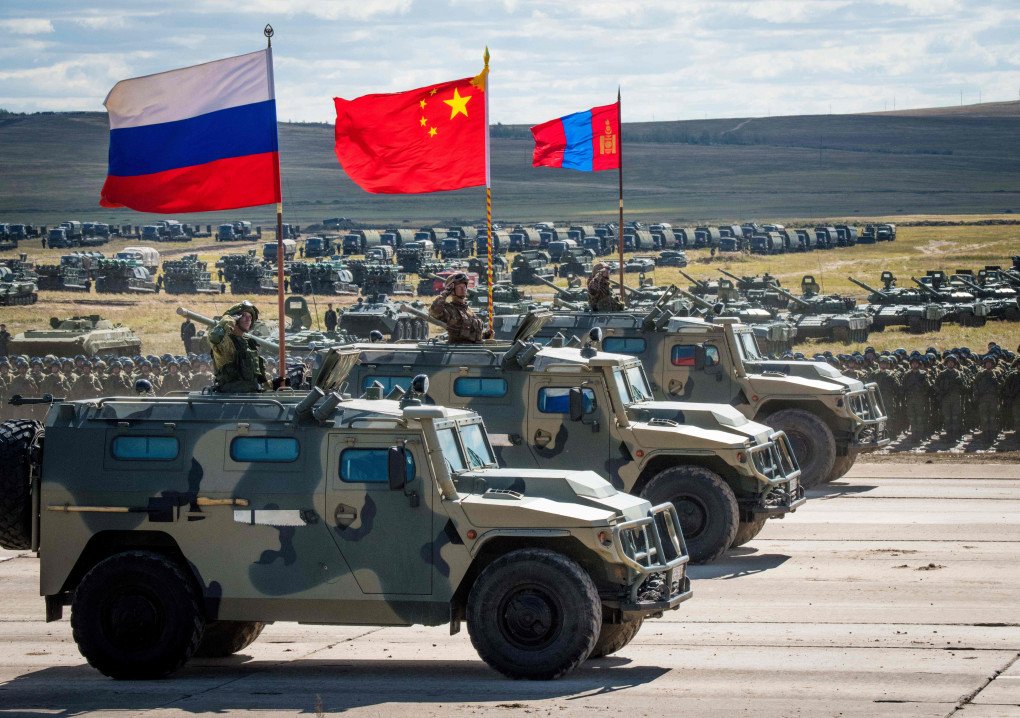
“The Kremlin has decided to allow Chinese military personnel to study and adopt the combat experience Russia has gained in its war against Ukraine,” a source from HUR told the Kyiv Post.
According to Kyiv Post, the move signals a shift in Russia-China military cooperation from occasional joint drills—such as the Vostok exercises—and bomber patrols in the Pacific to a more permanent and strategic alignment.
While no timeframe for the training program has been disclosed, analysts believe this cooperation may go far beyond classroom instruction or training grounds. There are concerns in Kyiv and Western capitals that some Chinese troops may even embed with Russian units near the front lines to observe or participate in combat operations against Ukrainian forces.
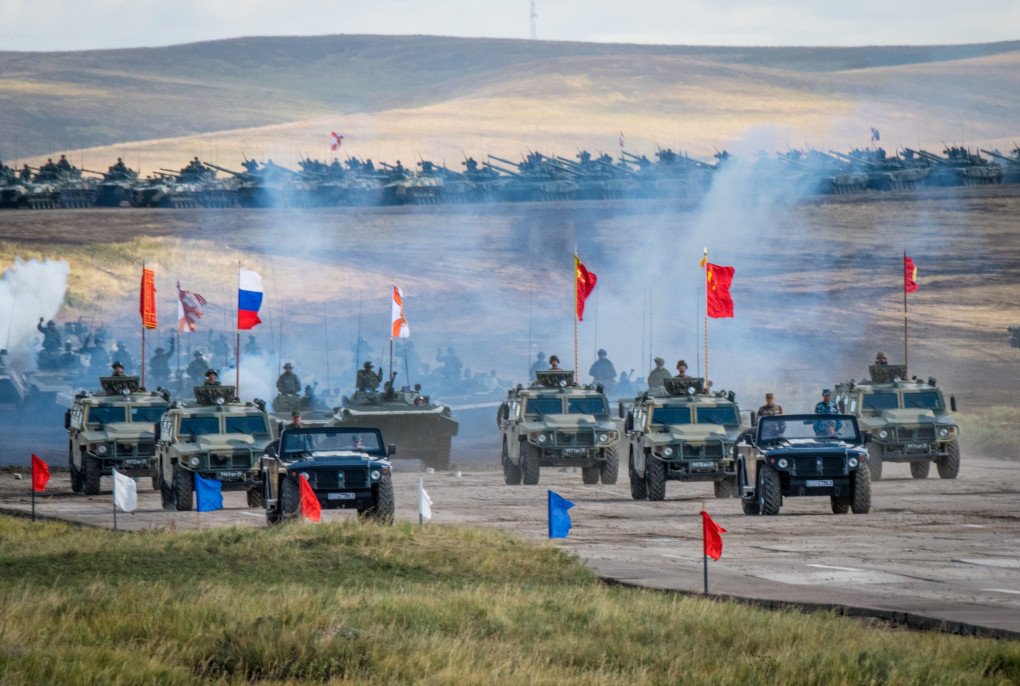
“The decision by Moscow and Beijing clearly illustrates the Russian regime’s intention to align with China in a course of global confrontation with the West,” the HUR source said to Kyiv Post.
This would mark a sharp departure from China’s prior posture. Until now, Chinese military analysts had largely observed Russia’s failures from a distance, often using them to highlight the PLA’s own supposed strengths.
For instance, in 2023, Chinese analysts reportedly studied Russia’s loss of nearly 300 helicopters in Ukraine but concluded that their air force was better protected.
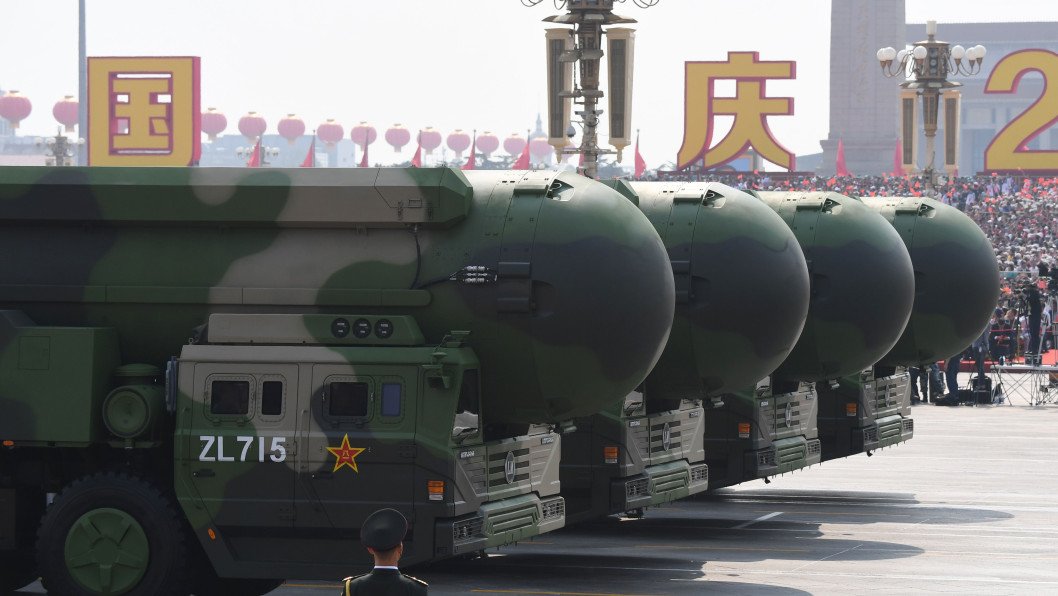
China also reportedly considered purchasing 36 Tu-22M3 bombers from Russia in a $1.5 billion deal, but abandoned the idea after assessing the bomber’s underperformance in Ukraine.
The strategic implications of this exchange raise serious questions. Why would Russia, notorious for guarding its military secrets, grant Chinese officers access to sensitive operational experience? The answer may lie in what Moscow expects in return, from military technology transfers to quiet economic support or even weapons shipments.
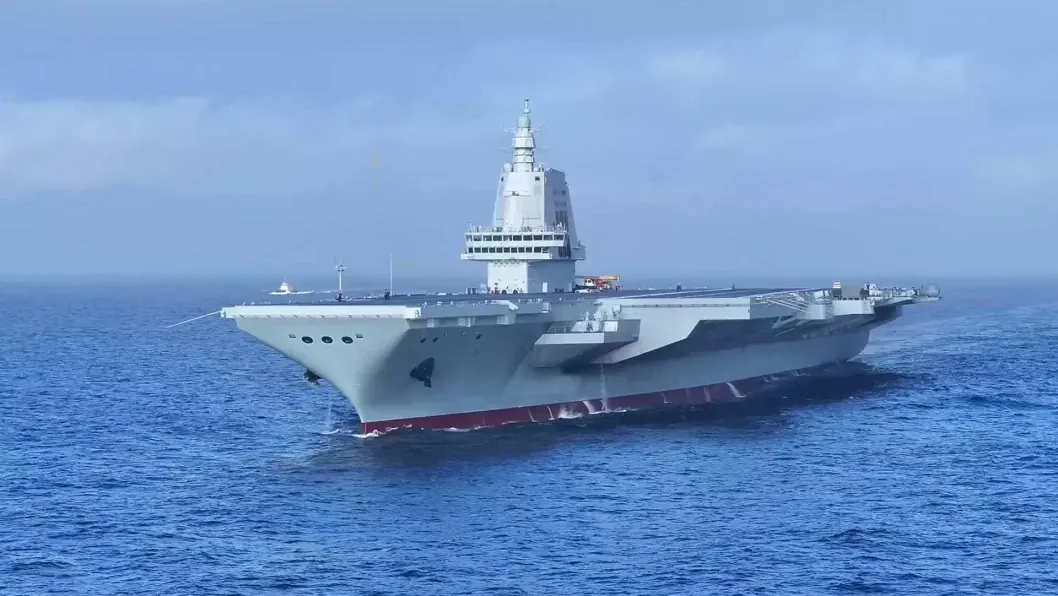
“It’s hard to imagine the Kremlin sharing such sensitive battlefield data with China for free,” wrote Ukrainian defense outlet Defense Express, noting that Moscow is unlikely to open its doors to PLA specialists without a geopolitical payoff.
Last month, following US President Donald Trump’s claim that Russia and Ukraine would “immediately” begin peace talks, China publicly reaffirmed its support for negotiations. “China supports all efforts aimed at achieving peace,” said foreign ministry spokesperson Mao Ning.
On the other hand, Ukrainian President Volodymyr Zelenskyy recently accused Beijing of halting drone exports to Ukraine while allowing continued shipments to Russia.

“Chinese Mavic is open for Russians but is closed for Ukrainians,” Zelenskyy told reporters. “There are production lines on Russian territory where there are Chinese representatives.”
Earlier, reports emerged that China was providing gunpowder, specialized chemicals, machinery, and components directly to at least 20 Russian defense plants.
Between 2024 and 2025, Ukrainian intelligence recorded at least five instances of aviation-related cooperation between China and Russia.
These included deliveries of equipment, spare parts, and technical documentation. In six separate cases, large shipments of specialty chemicals were documented.
As of early 2025, around 80% of the critical electronics used in Russian drones are of Chinese origin.


-45ed3be17a7bb74903649ed9258196f8.jpg)
-72b63a4e0c8c475ad81fe3eed3f63729.jpeg)
